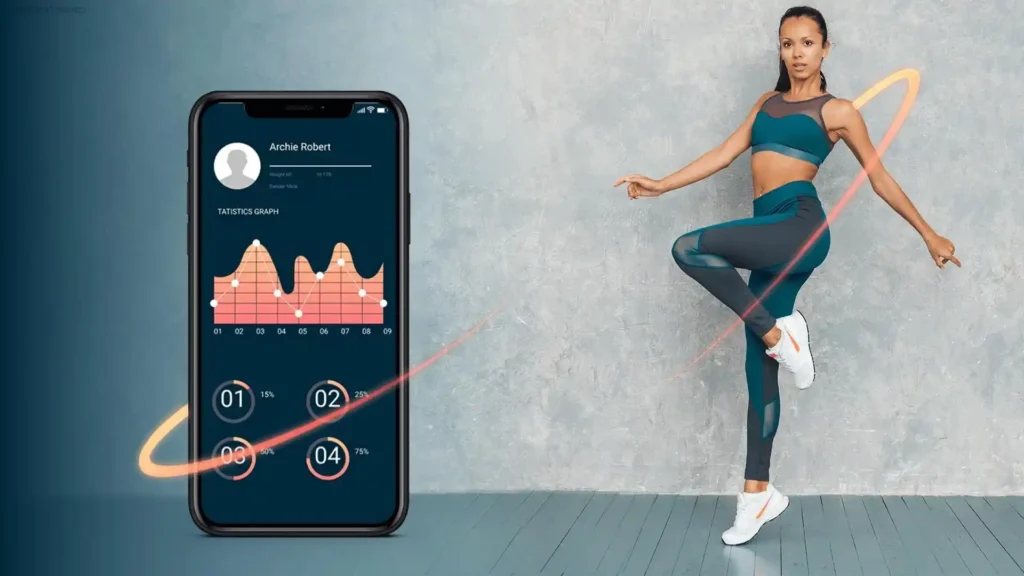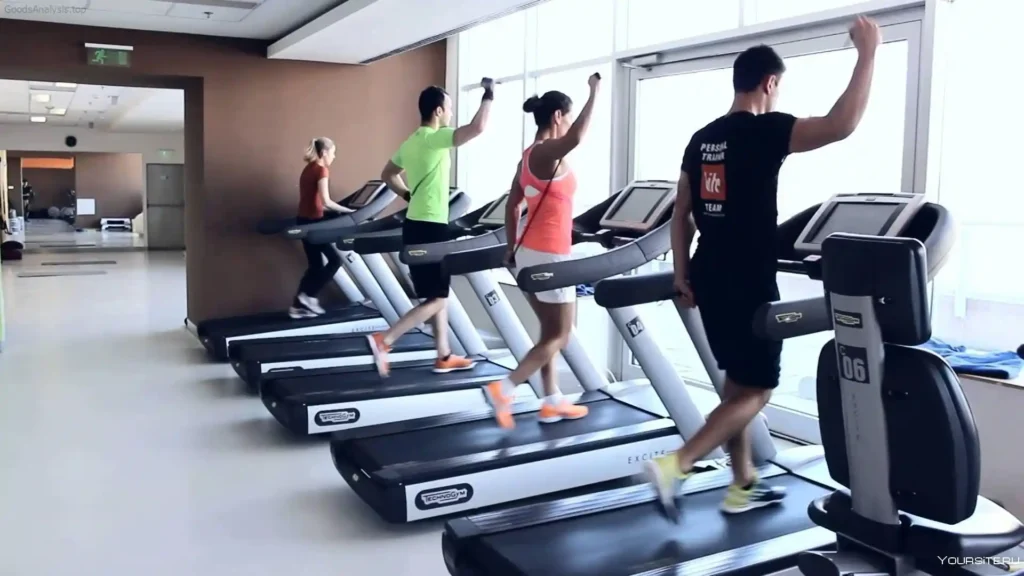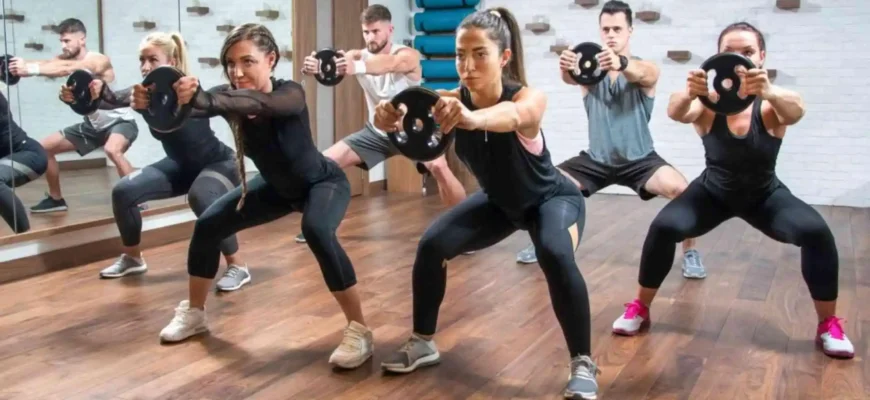If you’re reading this, you’ve probably realized that your body, like an old car, needs a little more attention as the years go by. Maybe you’ve heard about the importance of regular exercise, and you’ve seen the stories about people staying fit well into their golden years. But how do you put together a fitness plan that actually works for you, especially when you’re 50 or older? Let’s dive into a plan that’s grounded in solid science and practical advice.
Why a Fitness Plan Matters After 50
First things first, it’s important to understand why fitness is absolutely crucial for those of us over 50. A long-term, consistent exercise routine has been shown to combat the effects of aging by:
- Increasing muscle mass and strength: This helps combat sarcopenia (muscle loss due to aging), which can affect mobility and independence.
- Improving cardiovascular health: Regular aerobic exercise keeps your heart and lungs in top shape, lowering the risk of heart disease, stroke, and high blood pressure.
- Boosting bone density: Weight-bearing exercises (walking, strength training) help prevent osteoporosis, which is a common issue as we age.
- Improving mental health: Exercise has been proven to reduce symptoms of depression and anxiety, increase cognitive function, and fight off cognitive decline.
- Enhancing flexibility and balance: These are essential to prevent falls, which are a leading cause of injury and death in older adults.
- Better sleep quality: Regular physical activity contributes to better and deeper sleep patterns, helping you feel rested and ready to tackle the day.
So, it’s clear that a fitness plan is not just about looking good; it’s about feeling good, staying healthy, and maintaining independence.
Components of a Fitness Plan for People Over 50
A fitness plan needs to be balanced—too much of one thing can lead to burnout or injury, while too little of another can leave you unprepared for the challenges of aging. The following components should be part of your workout routine:
1. Aerobic (Cardio) Exercise
This is the cornerstone of any fitness plan. Aerobic exercise includes activities that increase your heart rate and improve endurance. It’s great for your heart, lungs, and metabolism. You don’t have to run marathons, but you should aim for at least 150 minutes of moderate-intensity aerobic exercise per week (or 75 minutes of vigorous exercise).
- Examples: Walking, swimming, biking, dancing, or even water aerobics.
- Why it’s important: It helps with weight management, lowers cholesterol, and improves your mood.
2. Strength Training
As we age, our muscles naturally weaken. Regular strength training helps to maintain or build muscle mass, and it’s key in boosting metabolism and maintaining bone health.
- Frequency: Aim for two or three days per week of strength training.
- Exercises: Focus on major muscle groups—legs, back, chest, and arms. Use free weights, machines, or bodyweight exercises (like squats, lunges, and push-ups).
- Important tip: Start light, and gradually increase weights to avoid injury.
3. Flexibility Training
Stretching might seem like something you can skip, but it’s actually a critical part of keeping your body mobile. As you age, muscles and joints tend to become stiffer, which can affect your range of motion and balance.

- Examples: Yoga, Pilates, or basic stretching exercises.
- Benefits: Increases flexibility, improves posture, and reduces stiffness and pain. It also helps prevent injuries.
4. Balance and Stability Work
Balance exercises should not be overlooked. As we get older, the risk of falls increases, and balance work can reduce this risk. Even simple exercises can significantly improve your balance.
- Examples: Tai chi, standing on one leg, or walking heel-to-toe in a straight line.
- Why it matters: Balance exercises help to prevent falls and improve overall body coordination.
5. Rest and Recovery
Rest is a critical, but often overlooked, component of fitness. Without proper recovery, your body can become overstressed, and your risk of injury increases.
- What to do: Make sure you get adequate sleep, and take at least one or two days off from intense exercise each week.
- Rest days: On rest days, you can still engage in light activity like walking or gentle stretching to keep your body moving.
A Sample Fitness Plan for Someone Over 50
Here’s what a weekly fitness plan could look like, designed for someone in their 50s or 60s:
Monday: Cardio & Strength
- 30 minutes of brisk walking or cycling.
- 20 minutes of strength training (e.g., squats, lunges, push-ups, dumbbell exercises).
- 5-10 minutes of stretching.
Tuesday: Balance & Flexibility
- 15 minutes of balance exercises (e.g., Tai Chi or standing on one leg).
- 30 minutes of yoga or Pilates.
Wednesday: Cardio
- 45 minutes of moderate-intensity walking, swimming, or cycling.
Thursday: Strength
- 30 minutes of strength training (focusing on different muscle groups).
- 5-10 minutes of flexibility exercises.
Friday: Cardio & Balance
- 30 minutes of brisk walking or dancing.
- 15 minutes of balance work (heel-to-toe walk, Tai Chi).
Saturday: Rest or Active Recovery

- Take a light walk, do some stretching, or focus on relaxation activities like meditation.
Sunday: Flexibility & Recovery
- 30 minutes of yoga or stretching exercises to improve flexibility and promote relaxation.
Avoiding Common Pitfalls
While getting fit is important, it’s easy to get things wrong. Here are some common mistakes people make in their 50s and beyond:
- Starting Too Intense: It’s tempting to dive into a tough workout routine, but this can lead to injury. Start slow and listen to your body.
- Solution: Gradually increase intensity and volume.
- Neglecting Warm-Ups and Cool-Downs: Skipping warm-ups and cool-downs is a fast track to injury.
- Solution: Spend at least 5-10 minutes warming up and cooling down before and after each workout.
- Ignoring Recovery: Overtraining leads to burnout and injury, especially as we age.
- Solution: Build rest days into your plan, and focus on active recovery activities.
- Underestimating the Importance of Nutrition: Exercise is only one piece of the puzzle. A balanced diet that supports your workout goals is essential.
- Solution: Focus on whole foods, lean proteins, healthy fats, and plenty of fruits and vegetables. Don’t skip meals or try extreme diets.
- Skipping Mental Health: Physical fitness is only one part of overall wellness. Mental health plays a huge role in how we feel and function.
- Solution: Practice mindfulness, engage in hobbies, and make time for social connections.
Real People, Real Opinions
Let’s hear from a few real people who have incorporated fitness into their lives after 50.
- Sarah, 54, USA: “I started walking every day after turning 50. It was hard at first, but now I can’t imagine my day without it. I’ve lost weight, gained energy, and my mental health has improved too. It’s a game-changer!”
- Raj, 60, India: “I’ve been doing yoga for the past 5 years, and I’ve noticed a huge difference in my flexibility and balance. At my age, it’s crucial to stay mobile, and yoga keeps me going.”
- Carlos, 62, Spain: “I love swimming. It’s easy on the joints, and I feel like I get a full-body workout every time I hit the pool. Plus, it helps with my sleep—something I didn’t expect.”
- Helen, 68, UK: “Strength training was a bit intimidating at first, but now I feel so strong and confident. It’s not just about muscle, it’s about being able to carry groceries without pain and feeling capable.”
- Akira, 50, Japan: “I’ve been practicing Tai Chi for balance and relaxation. It’s not just for old people, it’s for anyone who wants to feel centered and steady. Plus, it’s great for stress relief.”
Conclusion
Building a fitness plan after 50 doesn’t have to be complicated, but it does need to be balanced and sustainable. A mix of aerobic exercise, strength training, flexibility work, and balance training can help you stay strong, mobile, and healthy for years to come. It’s not about perfection—it’s about consistency. And remember, the key is to listen to your body, take things one step at a time, and enjoy the journey.
As we age, fitness is no longer just about looking good in a swimsuit—it’s about maintaining a quality of life that allows us to continue doing the things we love.









